In the last 8 months I have used about 10 GB of space on my phone with photos and videos of our new family of three. I am constantly taking pictures of our baby and her new experiences and adventures. Is it wrong that I pick up my phone to capture her crawling across the floor or experiencing different foods? Is it time for me to unplug and live more “in the moment”?

Photo Credit: Kaptain Kobold via Compfight cc
Our final debate in EC&I 830 was: We have become too dependent on technology and what we really need is to unplug. The agree debaters, Janelle, Kyle, and Dean suggested too much technology is making us anti social and unable to live in the moment, but did also say that there needs to be a balance. The disagree debaters, Tayler, Nicole, and Angela felt that unplugging really makes no difference in our lives, but agreed that we do need to find an appropriate balance.
There are many video’s on the internet (ironically enough), that encourage people to unplug. This video depicts the all too familiar scenes that people live everyday in the struggle to find a balance with technology. I don’t think we need to completely unplug from technology, but we definitely need to be attentive to the situation and recognize when to put our phone away.
To me it depends on what your definition of unplugging is. Is it to describe a complete “detox” from technology? Removing all technology from your life? If so that’s not really possible, nor is it going to make much difference in your life, Jurgenson believes. . I do think a healthy amount of being off technology (or unplugged) is necessary to have a happier and healthier life. Breene’s article reminds us that it is important to schedule in regular “rest time” where we unplug from technology . She suggests it is feasible to step away from our devices and to allow ourselves to re-connect with other human beings, nature and other extra-curricular activities.

Photo Credit: torstenbehrens via Compfight cc
I had never heard of the terms Augmented Reality vs Digital Dualism. Basically augmented reality is the belief that we are not living two separate lives. Who we are online is who we are offline. Yes, we may not include all the little details about our lives in our online profiles, but I also guard many parts of my life from friends and coworkers offline anyway. Not everyone needs to know everything about me online and offline, but I am the same person whether on or offline.
Technology can enhance our lives when used with discretion. Casey Cep states “that for some, it may take unplugging to be able to learn how to live a better life while plugged in, but it is not technology that is the actual problem… For most of us, the modern world is full of gadgets and electronics, and we’d do better to reflect on how we can live there than to pretend we can live elsewhere.”Unplugging will look different for everyone, some people may need to unplug more to find that happy and healthy balance and some might need to unplug less. Technology can cause stress and anxiety for some but for others technology can be the very thing that can help ease our stress and anxiety. This article introduces 12 mobile apps that help relieve stress and increase happiness.
The key is finding a balance and knowing when it is time to “unplug” and when it is ok to plug back in. Being plugged in 24/7 is exhausting, whether it is being plugged into technology, work, family or just day to day life. Too much of anything can be overwhelming, regardless of what it is, and we need to find our own balance to feel “healthy and happy”.
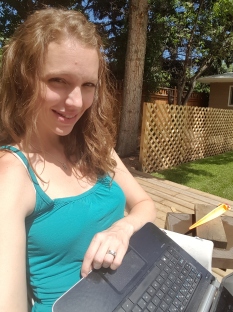
A little balance, nature and final EC&I830 blog
When I take a photo of a memorable moment in our daughter’s life I’m not ruining the moment. To me I am enhancing it. The moment can be shared with her dad, who is at work. One day, she will get to relieve those memories through video and photo and experience the joy we felt in those moments. I know I love watching VHS home video tapes from special moments in my life. I think it is how we balance capturing the moment(taking a quick video to remember the memory) and still enjoy being in the moment that is important.

 and there are human consequences [when test scores are not adequate]”. Can you believe that they are using a calving formula for determining the success, and future, of teachers? I am beyond words for the logic in this formula. I am about accountability, but there is nothing accountable about using one grade school test score to determine a teacher’s future.
and there are human consequences [when test scores are not adequate]”. Can you believe that they are using a calving formula for determining the success, and future, of teachers? I am beyond words for the logic in this formula. I am about accountability, but there is nothing accountable about using one grade school test score to determine a teacher’s future.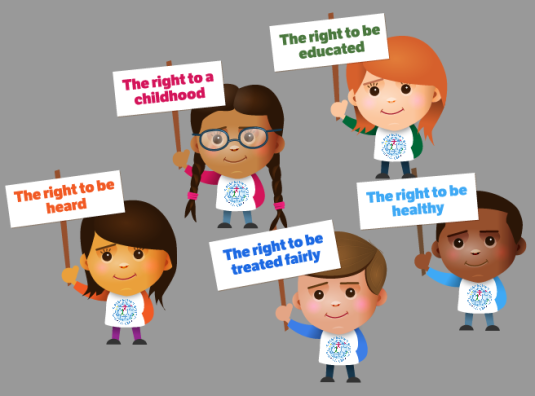

 imagination. At some point each year, I have some boxes available for my students during centre time and they get to imagine, create and play. After all a box is just a box until it’s not a box!
imagination. At some point each year, I have some boxes available for my students during centre time and they get to imagine, create and play. After all a box is just a box until it’s not a box!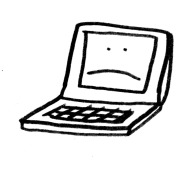







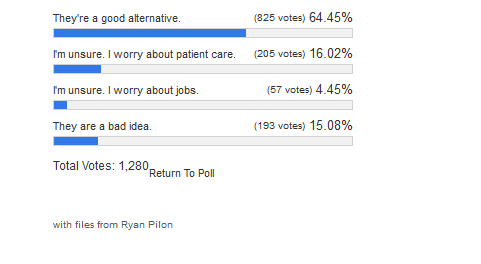
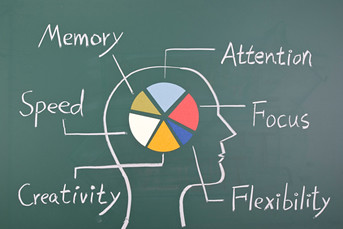
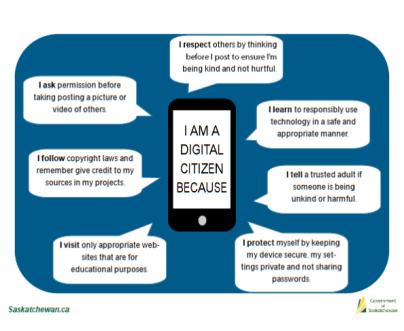 the future and Educators are key in helping students develop lifelong habits.” As educators, it is our responsibility to model, discuss, apply and share. We have a wonderful document,
the future and Educators are key in helping students develop lifelong habits.” As educators, it is our responsibility to model, discuss, apply and share. We have a wonderful document, 



 An example of where I would use google: My students are working on a bridge project in the building centre and ask “What does a bridge look like”. I go to my computer and
An example of where I would use google: My students are working on a bridge project in the building centre and ask “What does a bridge look like”. I go to my computer and  and creative thinking skills. I could ask them “What do you think a bridge looks like?” or “Have you seen a bridge before?” I can then ask them to draw a bridge for me and ask them how they think they could build a bridge like that in the classroom. Once we’ve had a conversation and did some play around “What does a bridge look like”, we could then go to google and see what more information we can add to our knowledge of bridges. I could then use documentation to share the learning process and demonstrate the different bridges from before and after our research.
and creative thinking skills. I could ask them “What do you think a bridge looks like?” or “Have you seen a bridge before?” I can then ask them to draw a bridge for me and ask them how they think they could build a bridge like that in the classroom. Once we’ve had a conversation and did some play around “What does a bridge look like”, we could then go to google and see what more information we can add to our knowledge of bridges. I could then use documentation to share the learning process and demonstrate the different bridges from before and after our research. 





